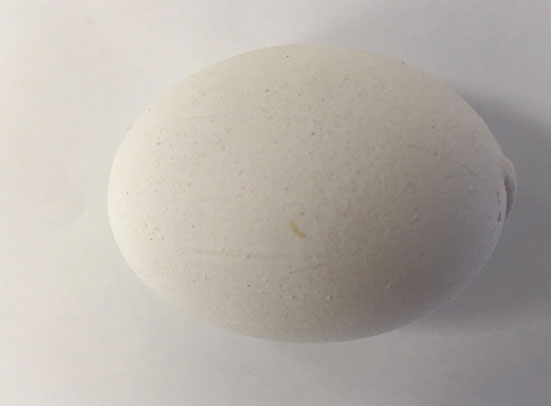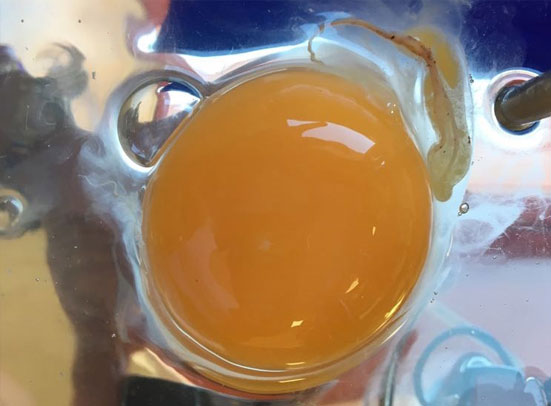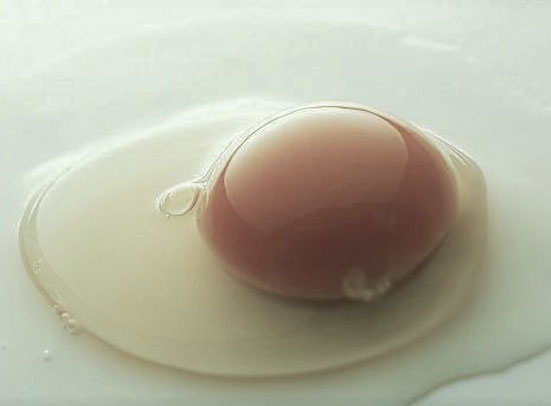Hairline cracks:
Very fine cracks that require efficient candling

Star cracks:
Fine cracks radiating outwards from a central point of impact

Shell-less eggs and thin shelled: no shell or very thin shell, very easy to break

Sandpaper or rough shell:
eggs with rough texture areas unevenly distributed over the shell

Misshaped eggs:
shell marred by at sides or body checks (ribs or grooves)

Flat sided eggs:
part of the shell is flattened

Pimples: small lumps of calci#ed material on the eggshell

Pinholes: small holes in the eggshell

Mottled or glassy shell:
appears mottled at candling

Blood spots: blood spots on the surface of the yolk

Meat spots: brown colored, pieces of tissue of the ovary or partially broken-down blood spots

Pale yolks: the egg yolk doesn’t have the expected color

Welcome! Your admission is granted, please allow for 2 seconds as the door to our VIP room is opening for you right now! Please come in!
Don't have an account? Sign up now
